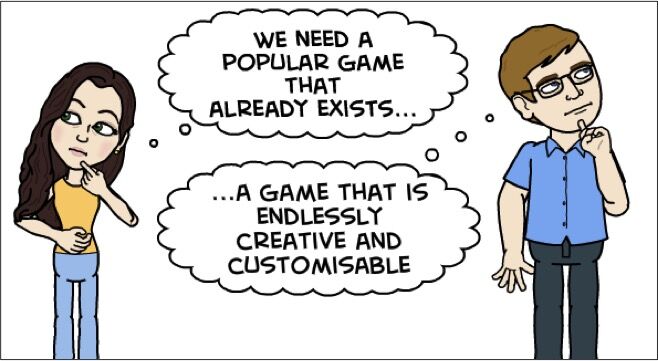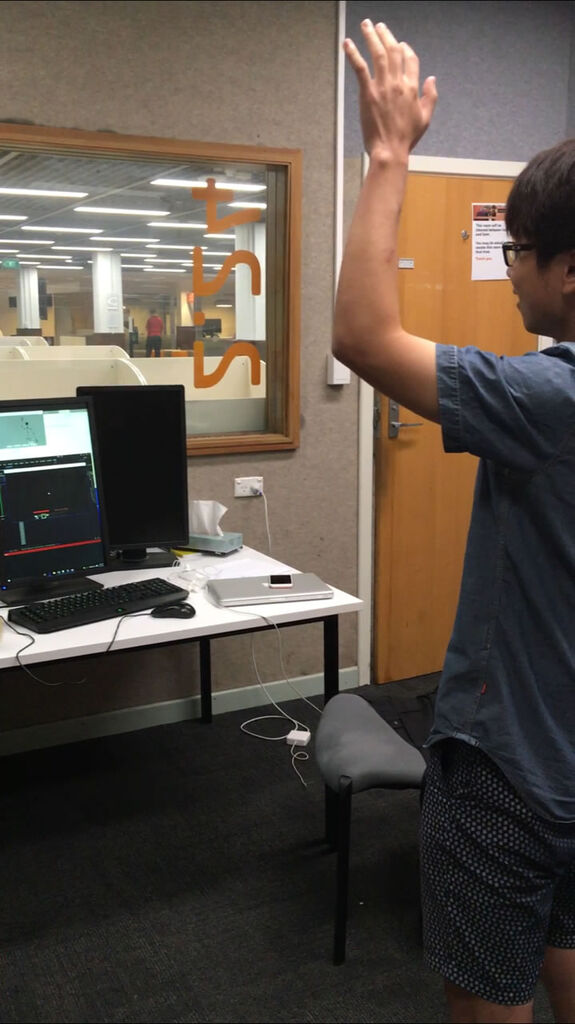Blog
Minecraft EDU in the Library Makerspace
February 19th, 2016 by Karen Category: Projects

Update - Please note that the library does not currently have any Minecraft or Minecraft EDU licences available for student or staff use. (22nd October 2024)
One of the exciting projects the Curtin Library Makerspace is working on this year is to establish a virtual makerspace using Minecraft. We have purchased some licences for Minecraft EDU, and will be exploring its potential as a learning environment for our library clients. As an extension to this project, we are investigating how we can physically interact with the Minecraft environment using a Kinect camera and projector using a wall in the library makerspace area.
I’m sure if you haven’t played Minecraft, you’ve at least heard of it – it is, after all, the second best selling video game ever. Minecraft is an online game in a 3D generated environment. As a ‘sandbox’ game, players go wherever they want and do whatever they want, such as creating and building constructions out of textured cubes. Activities in the game include exploration, resource gathering, crafting, and combat. There are three gameplay modes (survival, creative and adventure), plus a large number of third-party mods that make a lot of additional content available.
Minecraft EDU is a special version of Minecraft designed specifically for classroom use, with many additions to the original game making it more useful and appropriate in an institutional environment. Minecraft EDU provides free lesson/activity worlds and there is a vibrant community exploring the educational uses of minecraft and sharing resources. Watch this video to find out more about Minecraft and Minecraft EDU as the ‘Ultimate Educational Tool’.
There are a few examples of Minecraft being used in academic libraries. The Old Dominion University in Virginia, for example, have used Minecraft to create a replica of their library which you can tour around and they have also designed a game. In fact, there are some amazing libraries that have been constructed in Minecraft, as well as exciting projects like the wonderful HullCraft at the University of Hull.
The Library makerspace has set up a MineCraft EDU account with 25 user licenses and started experimenting with creating a virtual learning environment. There is a lot of exciting potential to create modifications, for example, creating a quest whereby players have to navigate the world to complete challenges could provide information literacy instruction. Alternatively, developing a mod or using an existing API, such as Trove’s, could be used for searching and discovering library resources from within the Minecraft world. We are also exploring ways to interact with the Minecraft environment with physical gestures, rather than a keyboard, using a Kinect camera.
In this regard we have been working with the HIVE and Jiayi Zhu, a computer science student, through the HIVE’s summer internship program. Over the past 3 months Jiayi has been writing software for the Kinect v 2 to allow people to interact with the Minecraft game using a range of gestures to walk, jump, pick up, place and destroy blocks, as well as open the inventory and select and place items. We hope to continue to develop this project further throughout the year with a group of computer science students, and experiment with creating learning activities in MinecraftEDU that can be used with the program. We’ll be posting more details about this project soon.
If you would like to find out more about our project, are interested in being involved in this or a related project, then please get in touch, we’d love to hear from you!

Jiayi testing his Kinect v 2 program